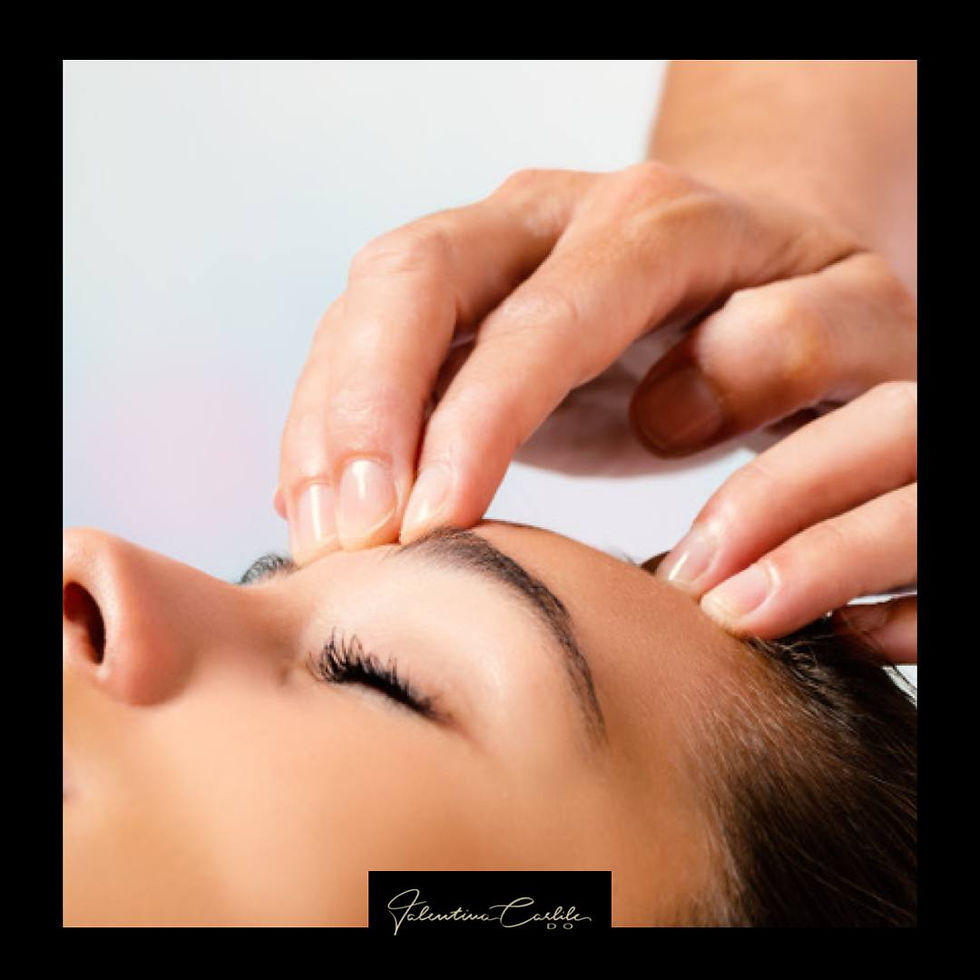
A comprehensive approach to the person in the management of rhinitis and sinusitis includes patient education, environmental control, pharmacotherapy, surgery, OMT, allergen-specific immunotherapy.
The musculoskeletal system plays a fundamental role in the management/treatment of rhinitis and sinusitis with OMT (Osteopathic Manipulative Treatment)
Osteopathic principles have focused for generations on proper drainage of cranial structures to alleviate the symptoms of these disorders (Kuchera ML & Kuchera WA, 2012; Shaw MB & Shaw HH, 2011). To date, these therapeutic practices have been added to traditional medical modalities.
The osteopathic approach mainly aims at lymphatic restoration obtained through direct lymphatic stimulation; treatment of somatic cervico-thoracic, cost-vertebral and cranial dysfunctions that may influence these disorders with viscero-somatic reflexes or segmental facilitation; recovery of respiratory mechanical dysfunctions; stimulation of parasympathetic reflexes (Jacq O et al., 2017).
Osteopathic treatment aims to initially manage cost-vertebral, cervicothoracic and cranial somatic dysfunctions that may affect the health of the nasal mucosa through viscero-somatic reflexes or segmental facilitations, considering that sympathetic preganglionic fibers deriving from the synapses of the upper thoracic region (T1 -T4) in the superior cervical ganglion (C2-C3) innervate the sinuses. Once these structures are freed, the dysfunction of respiratory mechanics, circulation, venous and lymphatic drainage is taken care of. The lymphatic circulation of the head passes through the neck, cervical fascia and thoracic outlet. Lymphatic congestion occurs when there is a dysfunction at any point in this chain. By maintaining appropriate lymphatic drainage, the symptoms of these disorders can be improved, such as facial pain in the maxillary, frontal and paranasal sinuses. Lymphatic pump techniques (including the diaphragmatic pump) have been shown to improve the patient's lymphatic and immune systems. Once these structures have been freed, it is possible to start a lymphatic approach in which the most proximal obstruction is initially addressed, often starting from the head and neck through the frontal and maxillary sinuses and then arriving at drainage and auricular traction, mandibular drainage, chain drainage cervical and suboccipital release. To conclude, techniques are applied on the sphenopalatine ganglion since it is proven in the literature that its stimulation produces a parasympathetic reflex to manage nasal obstruction, chronic rhinitis and snoring.
The duration of the treatment is generally around 30-40 minutes and the number of sessions and their frequency are defined by the Osteopathic Professional based on the somatic dysfunctions detected, the outcomes sought and the patient's feedback.

Comments